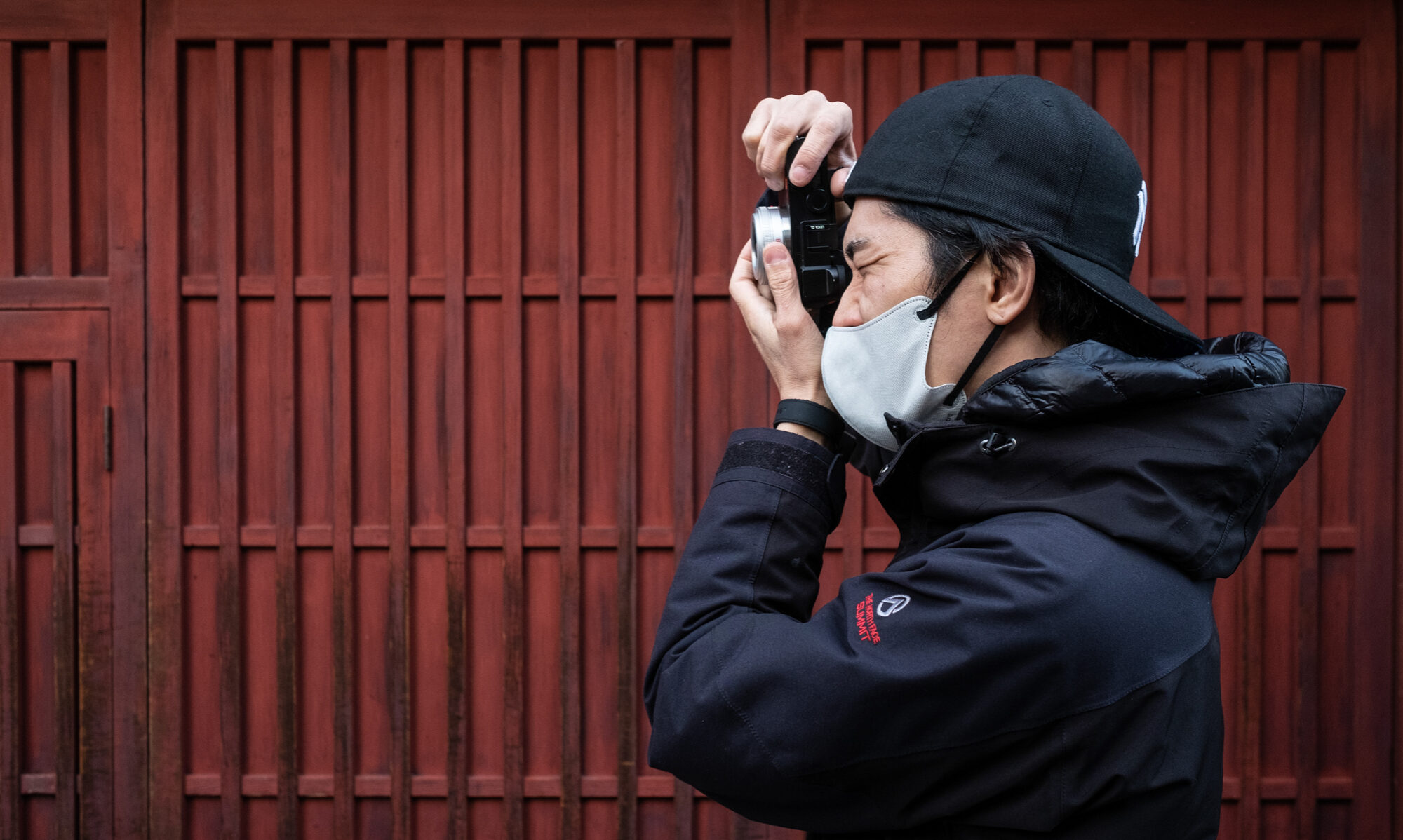Whether you own a film camera and a digital camera, they both essentially are light-tight boxes. There is a lens at one end that gathers the light and focuses it on a sensitive surface at the other end, thereby reproducing an image. In the past, film provided the sensitive material, and today in a digital camera, the sensitive surface is a sensor, most commonly a CCD or CMOS type, that has millions of tiny photosites arranged on it in a regular pattern known as the sensor array. All cameras have some way of controlling the amount of light coming in, either through a hole (the iris) that can be set to different sizes (the aperture), or by exposing the sensor for a specified period of time controlled by the shutter speed.
On the sensor, each photosite in the array is, in effect, tiny light meter that produces an electrical signal. The strength of the signal depends on the amount of light falling on the site. This makes it sensitive to brightness. To introduce color sensitivity, each site is covered with a red, green, or blue filter and thus responds to just one of the primary colors. In most digital cameras, these colored filters are arranged in what is called a Bayer pattern, which has two green-sensitive filters to every red or blue sensor (our eyes are most sensitive to green).
The electrical impulses from each photosite are digitized and processed by the camera to give a brightness and appropriate color that appears on screen as a “pixel”. The pixels make up the image file, which is written into the camera’s memory.
To get the clearest, most faithful color image on the screen, the camera software takes information from neighboring pixels and processes that, too. This is known as interpolation (see jargon buster). Things are not quite as simple as one photosite being equivalent to one pixel- although in better cameras the number of photosites and the number of pixels produced are roughly the same.

Jargon buster:
• Aperture – the hole in the lens through which the light passes, traditionally measured as a scale of f/numbers. (The bigger the number, the smaller the aperture.)
• Exposure – getting the right amount of light onto the sensor. Exposure is controlled by the speed of the shutter and the size of the lens aperture.
• Interpolation – the clever guesswork performed by the camera software for creating extra pixels by taking the brightness and color values from adjacent sensor cells.
• Photosite – an individual light-sensitive cell on the sensor.
Pixel–a single block of information from which a digital image is made.
• Sensor array – the collection of light-sensitive cells that generates the pixel. The sensor array is sensitive to variations in color and brightness.


You must be logged in to post a comment.